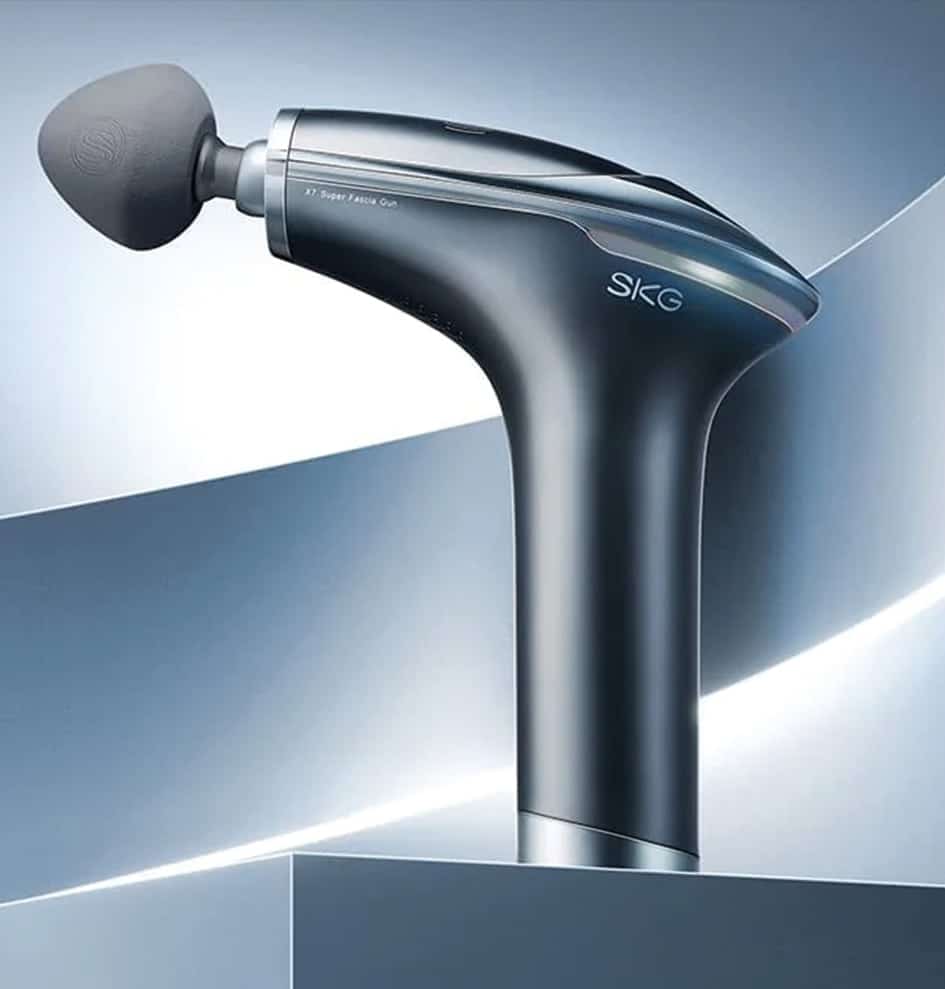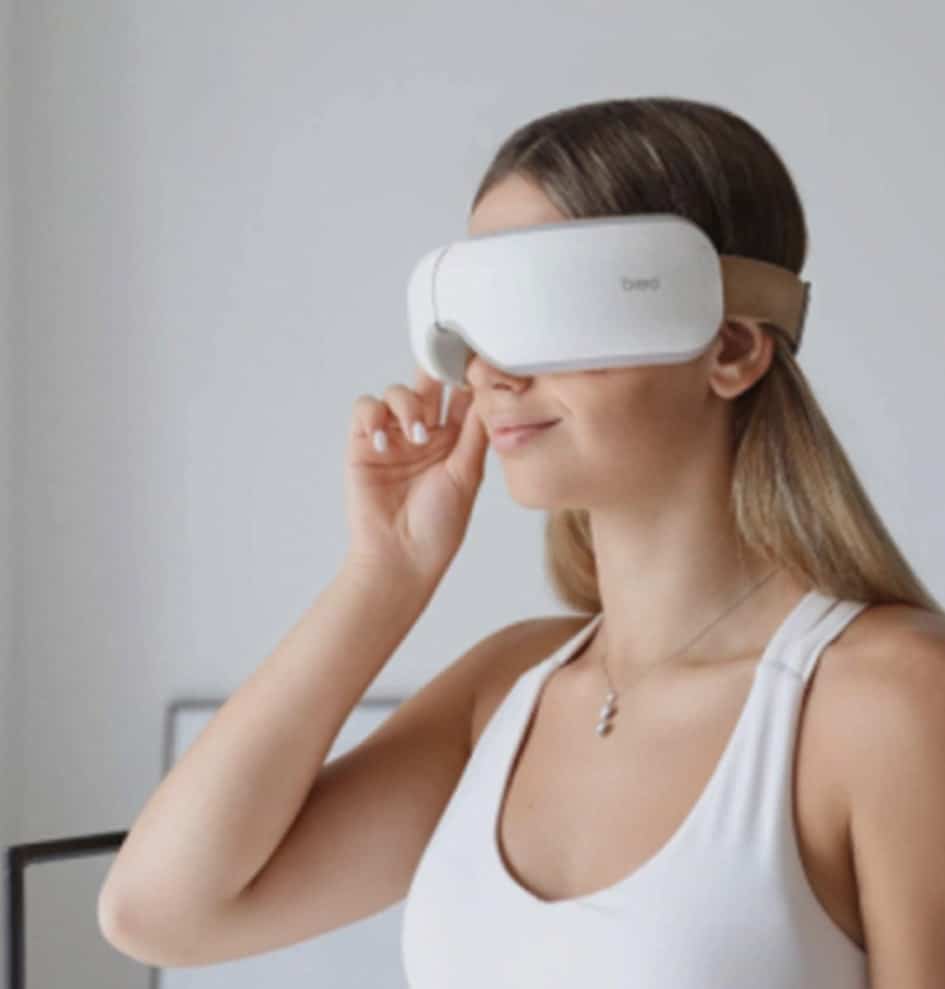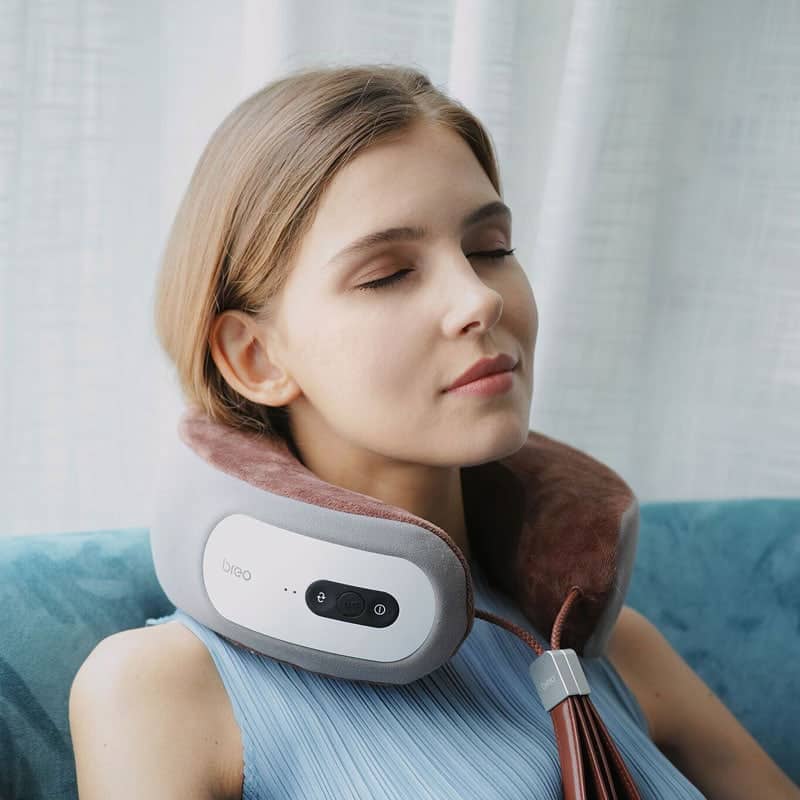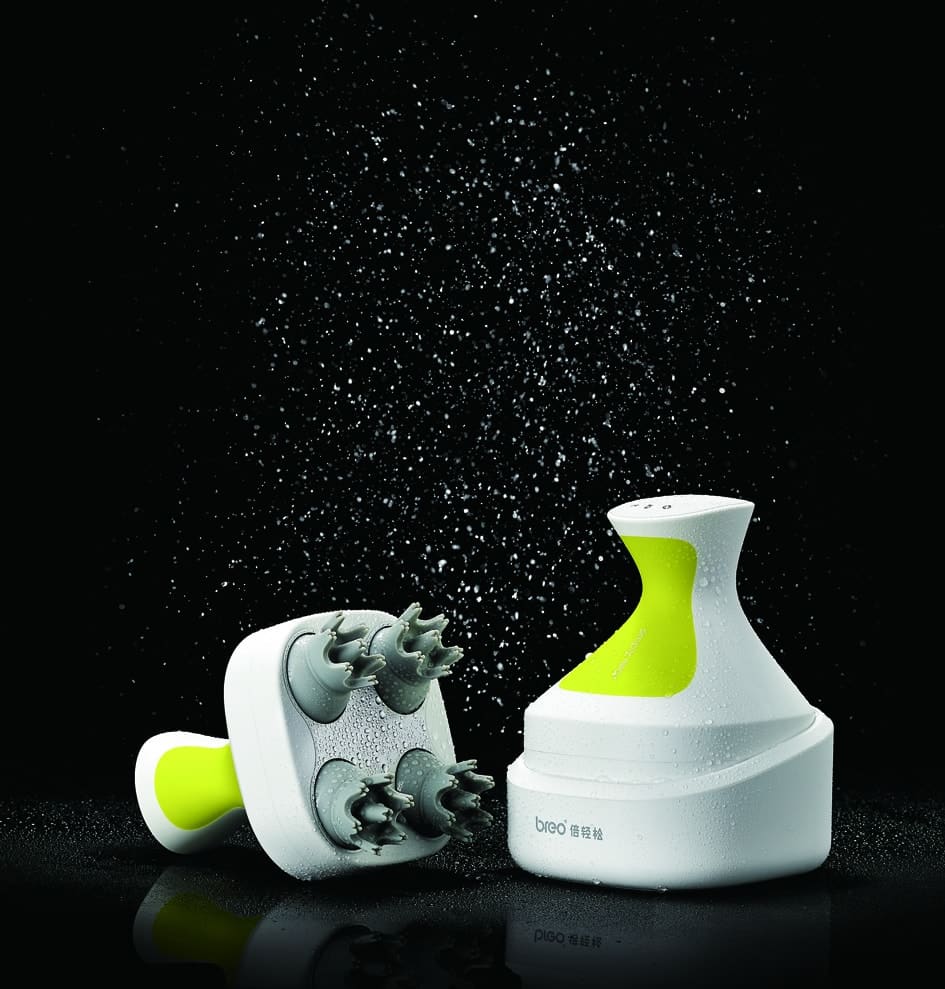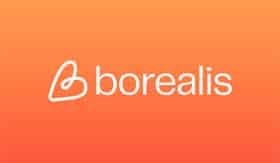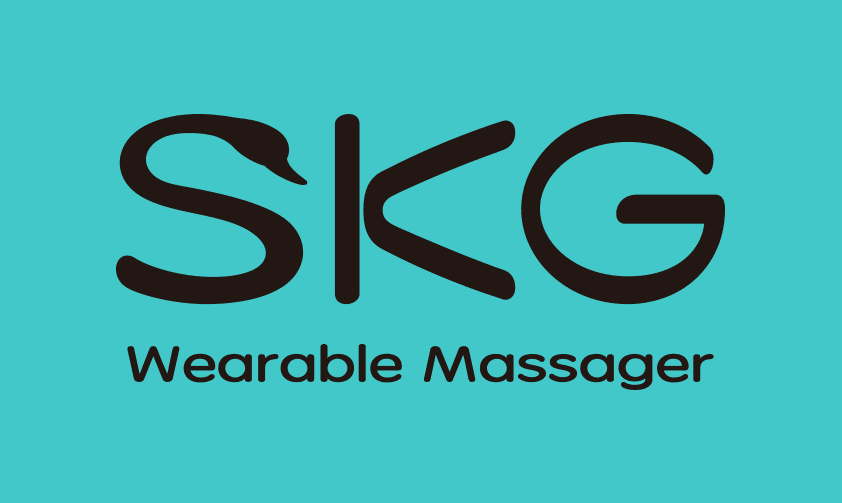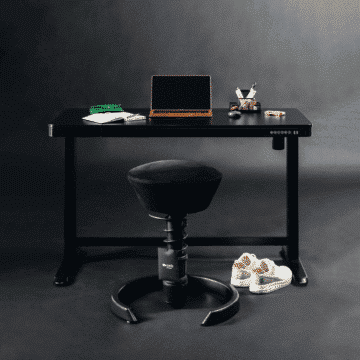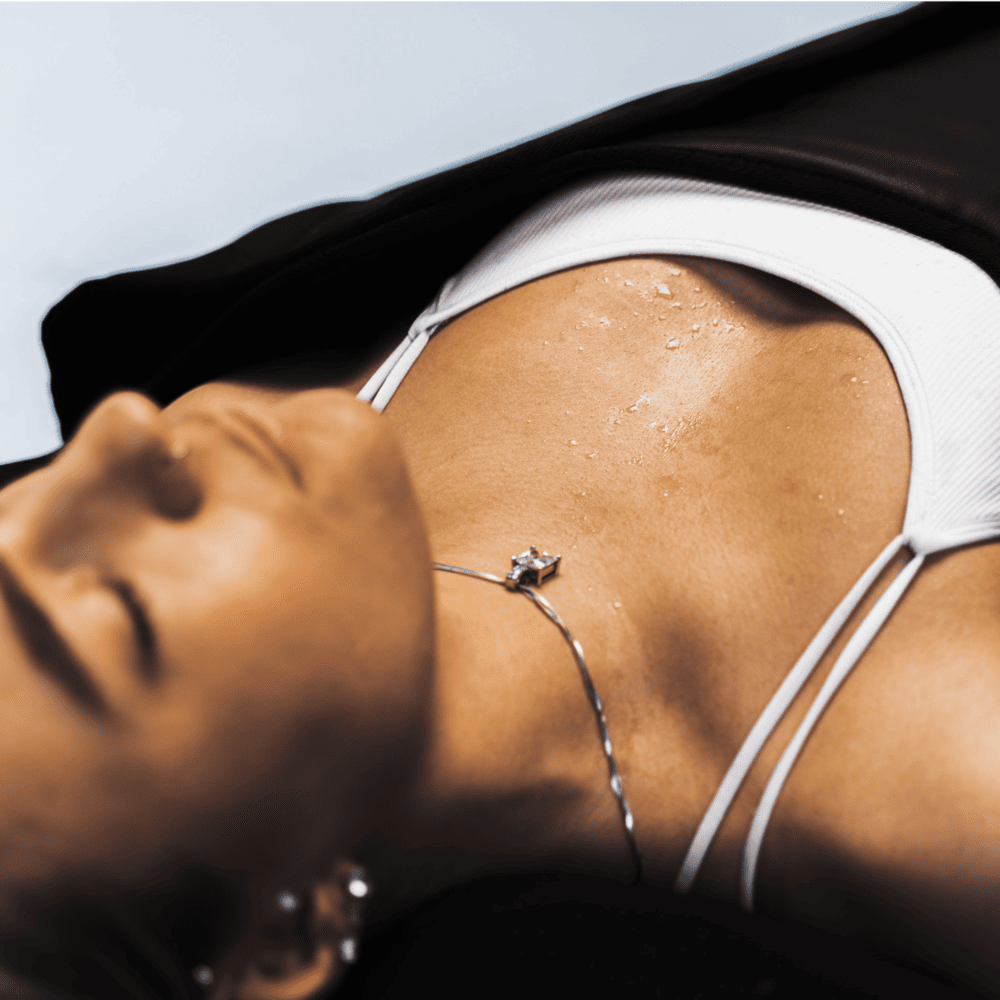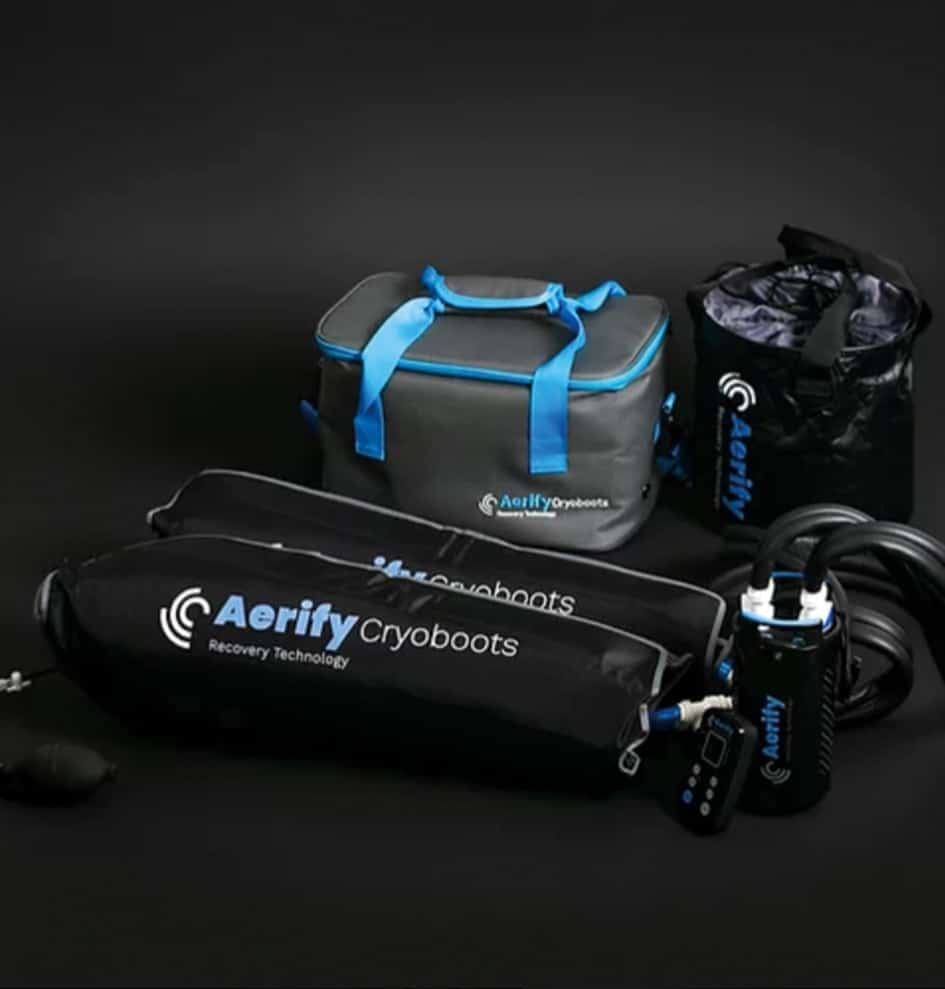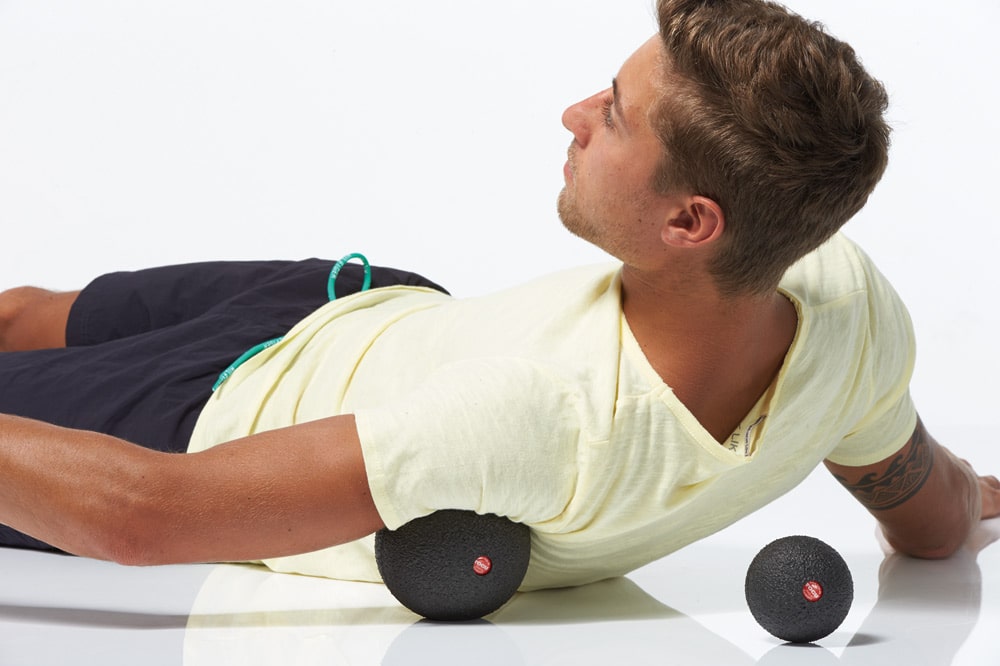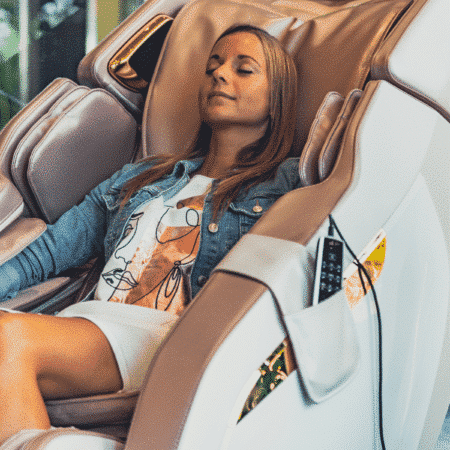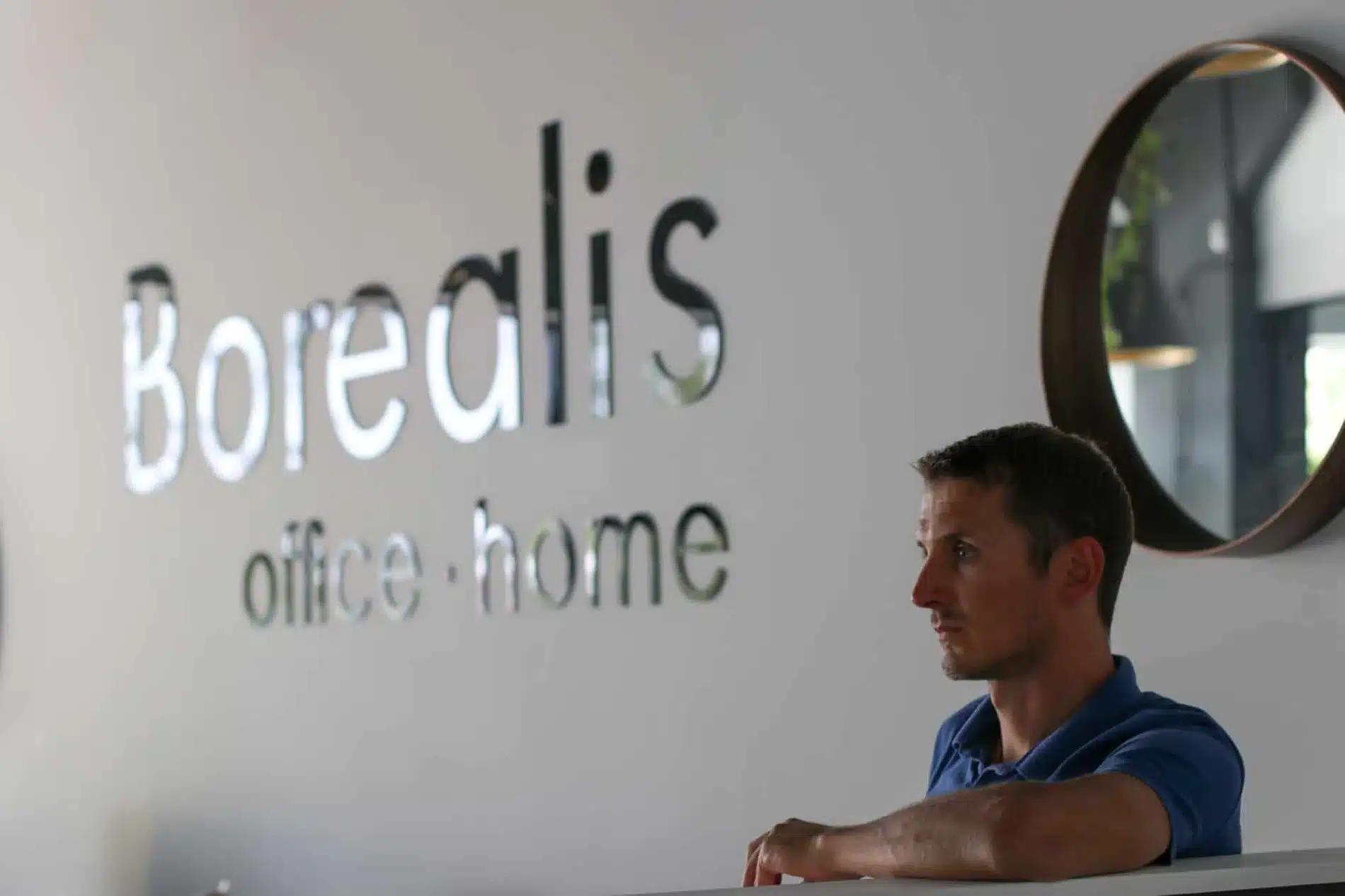Fringe Benefit Tax – Does it Apply to Massage Chairs?
Most successful companies do not doubt the necessity of expenses made to preserve employee health and well-being. Thus, the use of massages and massage chairs is widespread. However, a question arises regarding taxes, namely the fringe benefit tax.
When purchasing or renting a massage chair, is there a requirement to pay a fringe benefit tax, or are these expenses tax-free? In this regard, the Occupational Health and Safety Act* comes to the aid of entrepreneurs, outlining the employer’s obligations to create a healthy, well-being, and safe working environment for employees. The law also establishes the requirement for risk analysis, assessing and mapping health-related risk factors in the workplace. Based on this, each company develops a preventive action plan for risks in collaboration with an occupational health doctor.
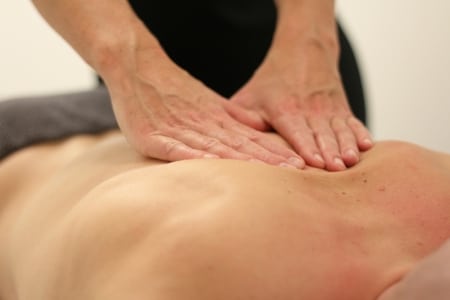
If the occupational health doctor determines that an employee needs massages or other procedures to alleviate forced postures or other occupational hazards, then the expenses are tax-free!
At this point, it is important that the doctor’s recommendations are clear, precise, and understandable, and related to preventing or reducing potential health damage arising from the specific nature of the employee’s work. For example, a recommendation may be given to an office worker using a computer to undergo shoulder massage 10 times within a month or to use a massage chair providing equivalent functions.
If the decisive decision-maker, whether it be an occupational health physician or a physiotherapist, must have a professional certificate and be registered in the professional register, this requirement does not extend to the specialist providing the service.
Weigh Different Options
How to implement the doctor’s decision is for the employer to assess – whether it is more cost-effective to reimburse the employee for massage service expenses or to rent/buy a massage chair for the workplace. For example, if the occupational health physician recommends ten massages per month for ten employees, and the cost per session is known, the annual cost can be compared with the cost of purchasing or renting a massage chair. If it turns out that acquiring the chair is more economical than sending employees to a masseur, justifying the necessity of the purchase to the tax authorities becomes significantly easier.
Furnishing break rooms with massage chairs can be considered a preventive measure against many occupational diseases and health risks. The tax-free use of chairs requires that they are located in workspaces, and muscle tensions are relieved during working hours: during breaks, immediately before the start or end of a shift. However, if the company’s massage chair is placed in the home of a board member, then a fringe benefit tax claim is likely.
If you are unsure whether to apply fringe benefit tax in the case of a benefit offered to an employee, consider the question raised in the decision 3-08-1465 of the Tallinn Circuit Court – whether the specific expense has been made in the interest of the employee or the employer?
Fringe benefits are expenses made in the interest of the employee, which are not directly necessary for the employer or whose necessity or benefit is secondary compared to the employee’s advantage.
Keep in Mind!
* Expenditures made for ensuring employees’ health, well-being, and a safe working environment are tax-exempt according to the Income Tax Act § 32 paragraph 2, stating that expenses are tax-free if they arise from the Occupational Health and Safety Act § 13 paragraph 1.
- If the wording of the occupational health doctor is general or the company cannot justify the need for expenses incurred without a doctor’s recommendation, it is highly likely that fringe benefit tax must be paid.
- The necessity of massage or health procedures must be determined by a certified occupational health doctor, physiotherapist, or service provider, but this requirement does not apply to the procedure provider.
See also the Tax and Customs Board’s video on the taxation of occupational health https://youtu.be/T5stw4pP7yA
Sources:
https://www.rmp.ee/maksud/tulumaks/tootaja-massaaz-maksuga-voi-ilma
https://www.emta.ee/en/business-client/taxes-and-payment/income-and-social-taxes/fringe-benefits
https://issuu.com/rmp.ee/docs/spetsialist-08-2011






